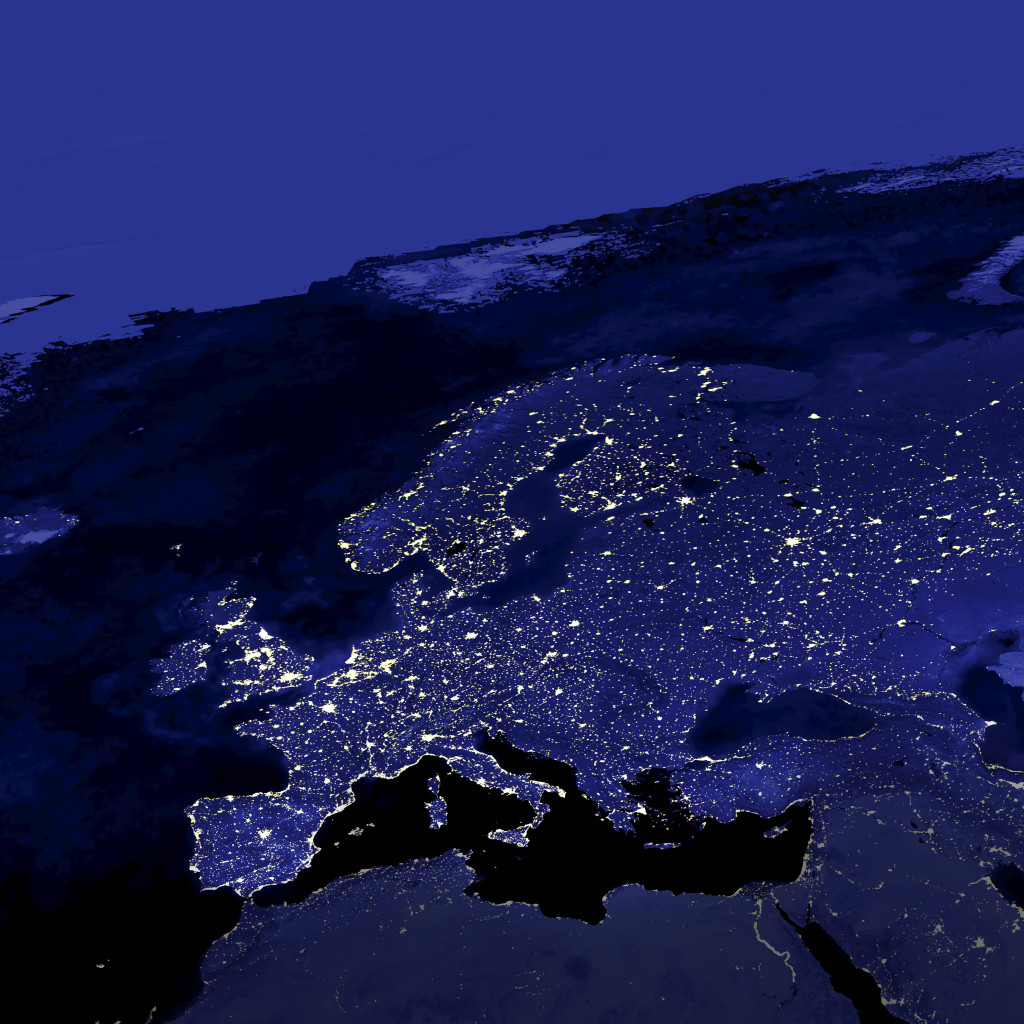Sun Pharmaceutical Industries (Europe) B.V. v. Novartis AG, Supreme Court of the Netherlands, 14 April 2017, Case No. ECLI:NL:HR:2017:692
Preliminary injunction proceedings. Patent for second medical indication. Swiss-type claim.
Novartis owns EP 1 296 689 with a Swiss type claim for use of zoledronic acid in the preparation of a medicament for the treatment of osteoporosis, with intravenous administration with a period between administrations of at least about once a year. Sun markets a zoledronic acid product with a carve-out for osteoporosis, but had entered a tender of the insurance company VGZ which did not distinguish between indications for the product. Novartis instituted PI proceedings for indirect infringement.
The Court of Appeal held, other than the first instance preliminary relief judge and other than the English High Court and Court of Appeal, that the patent was entitled to its priority claim. With the patent likely being valid, an injunction for indirect infringement was granted.
Before the Supreme Court, Sun argued that while the Court of Appeal had correctly referred to the standard rule that the priority document, in its entirety, should directly and unambiguously disclose the invention to the person skilled in the art who uses his common general knowledge, the Court of Appeal had in fact misapplied this standard. According to Sun, the Court of Appeal had in its application “stretched” the standard in a manner incompatible with the “strict” approach established by the Enlarged Board of Appeal of the EPO.
The Supreme Court rejected this argument and held that the Court of Appeal had correctly judged how the person skilled in the art would understand the priority document, allowing also for a certain degree of extrapolation by the person skilled in the art from the example given in the priority document. This did not constitute a “stretched” application of the standard.
The Court of Appeal further correctly held that – taking as a starting point that indirect infringement of a ‘Swiss-type claim’ is legally possible, which had not been a point of debate before it – under the circumstances at hand the requirements of indirect infringement had been met. A producer needs to make an effort to prevent its product being prescribed for the patented indication, even if it is not within its power to prevent infringement in the distribution chain in its entirety.
According to the Supreme Court, the Court of Appeal had thereby not attributed acts of downstream users to Sun, but had merely – and with sufficient reasoning – judged that Sun had not taken the effective measures which it could and should have taken to prevent downstream infringement. It is not required for the Court of Appeal to state precisely what measures Sun should have taken, but instead it is for that party to show what it had done to prevent downstream infringement. The Court of Appeal was in the circumstances of the case entitled to rule that Sun had insufficiently used the measures which were available to it in order to prevent downstream infringement.
The fact that an injunction against indirect infringement would prevent Sun to enter into a tender which did not distinguish between indications, and would therefor hamper the marketing of the product for the unprotected indication, does not amount to a violation of competition law. This must be attributed to the insurance company and cannot be held against the patentee.
Finally, the Court of Appeal was deemed entitled to give a general injunction against indirect infringement. This injunction applies only to Sun, and does not apply to acts of third parties, which Sun cannot prevent.
The judgment of the Court of Appeal is thus confirmed.
With regard to Dutch procedural law, the Supreme Court also held that the rule that a court (also an appeal court) acting in preliminary relief proceedings must completely follow an earlier judgment on the merits between the same parties does not apply to the Supreme Court ruling in preliminary injunction proceedings.
The fact that in the meantime it has been ruled in first instance between Novartis and Sun that indirect infringement on a Swiss type claim is not possible, but that Sun had committed direct infringement, was of no relevance to outcome of the appeal before the Supreme Court. However, if the Supreme Court would quash the decision of the lower court, then the Court of Appeal to which the preliminary relief case will then be referred to should follow the latest judgment available in the proceedings on the merits.
A copy of the case can be read here.
Headnote: Maurits Westerik, Bird & Bird

